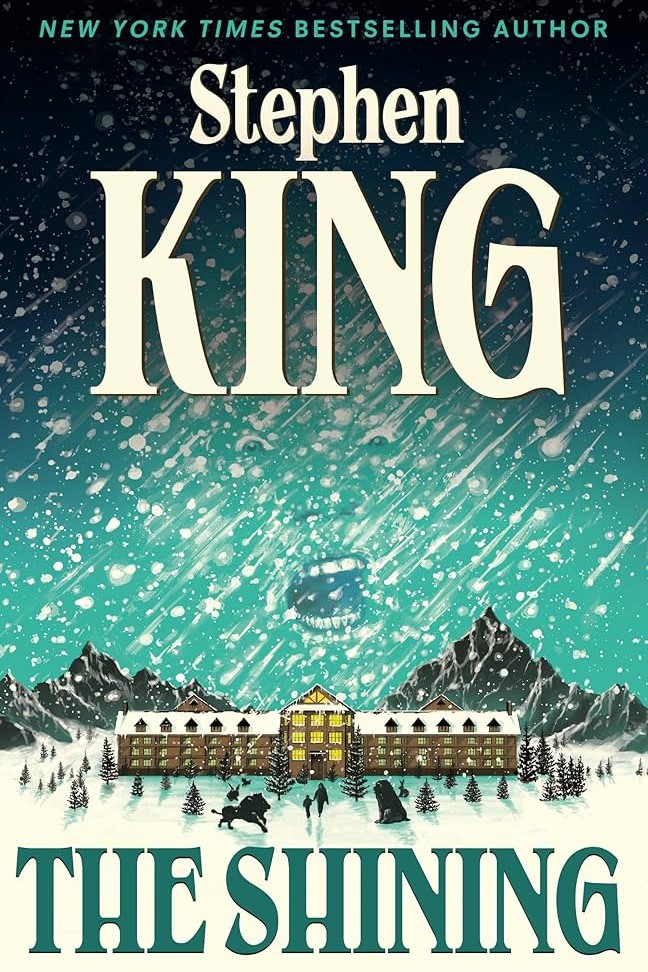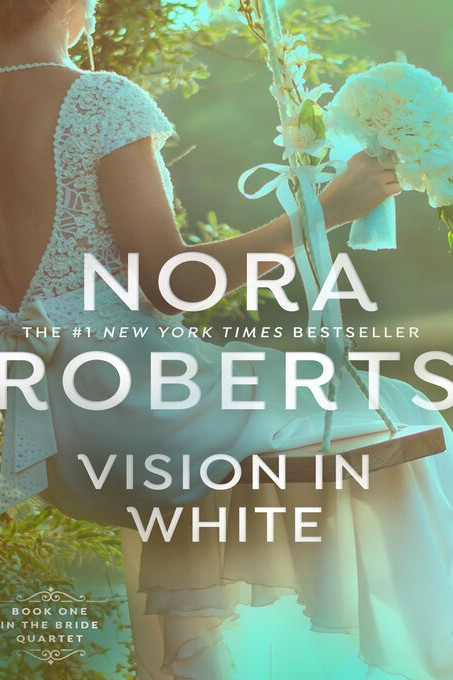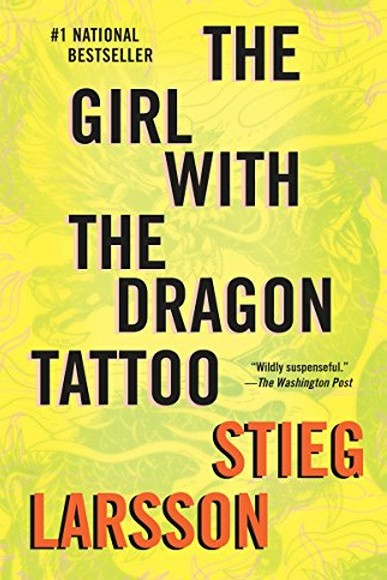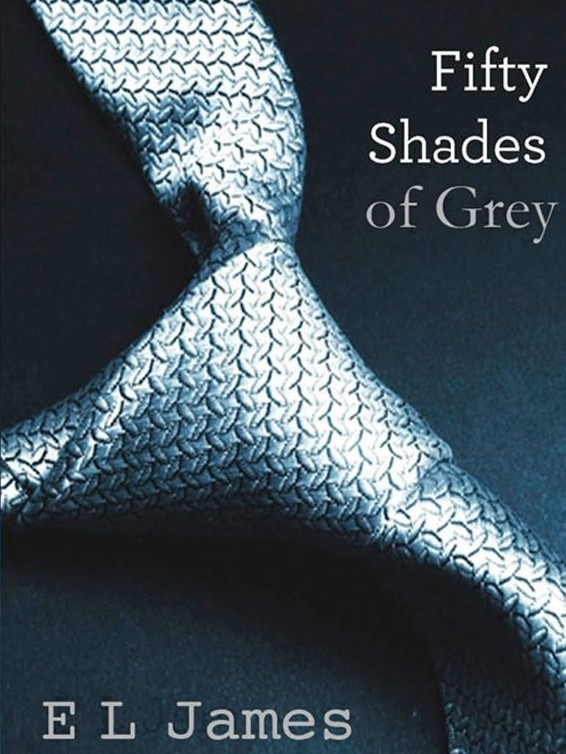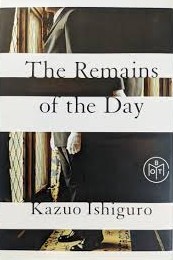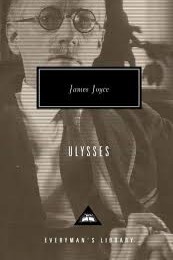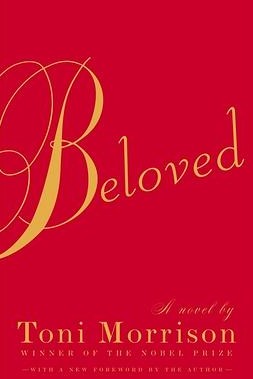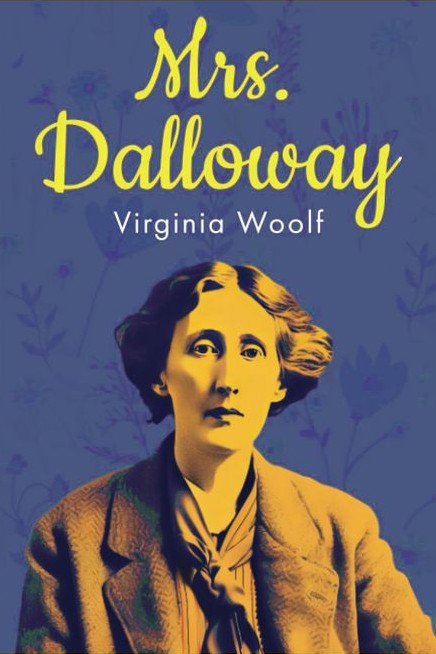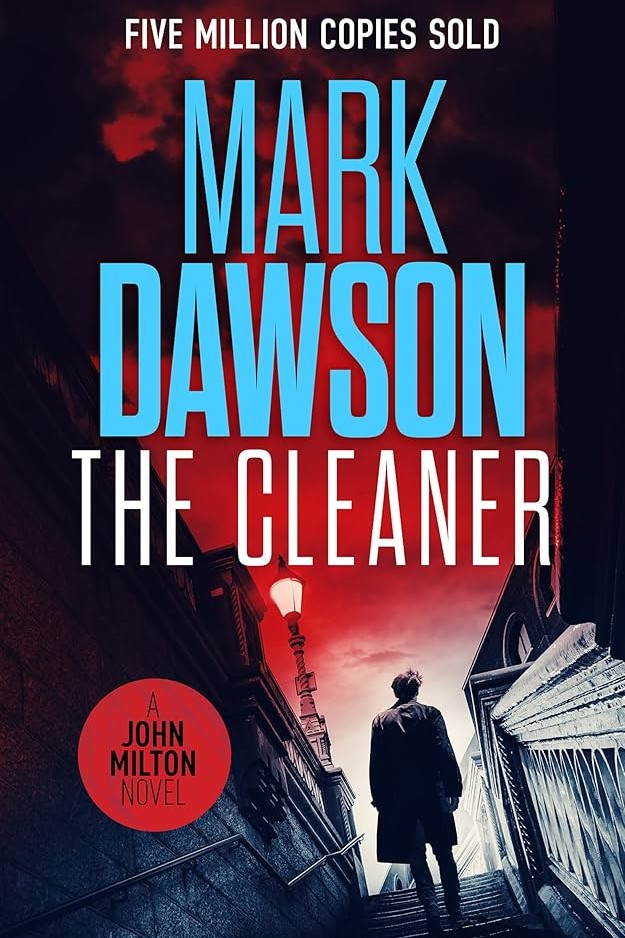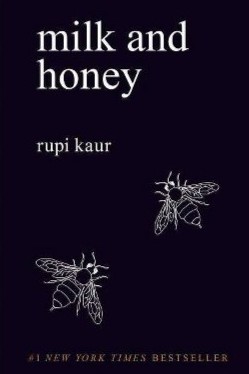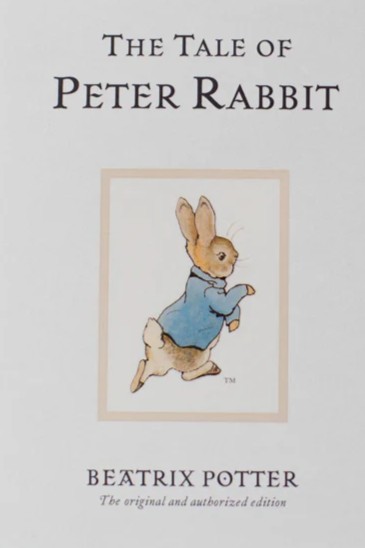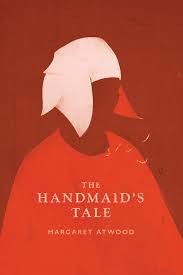Defining Commercial, Literary, and Hybrid Fiction Today
Fiction is any creative narrative work that features imaginary individuals, events, or places. In the vast world of storytelling, fiction is not a line; it’s a whole landscape, with commercial and literary fiction dominating opposite ends.
Fiction has evolved into multiple categories to serve diverse reader preferences and market convenience. Thus, the debate between commercial and literary fiction is not merely academic: it affects readers, writers, publishers, and critics. As the publishing industry expands, new categories emerge, each defined by distinct goals, audiences, and stylistic approaches.
Commercial fiction dominates bestseller lists by attracting many readers with engaging plots and easy-to-understand language. In contrast, literary fiction is often praised in academic settings and by award panels for its deep themes, complex style, and focus on character development.
However, the clear divide between commercial and literary fiction is changing in today’s publishing world. The rise of digital publishing has created a mix of indie authors, small presses, hybrid genres, and experimental works that do not fit traditional categories.
This evolving literary landscape has not only expanded the boundaries of what fiction can be but has also redefined how stories are written, distributed, and consumed.
Books Mentioned in This Article
You’ll find examples of commercial, literary, hybrid, and indie fictions to better understand the concepts discussed in the article.
(Affiliate links may earn us a small commission, but not always. The price stays the same for you in any case.)
From Commercial to Indie: The Spectrum of Fiction Categories and Their Key Authors
The difference between commercial and literary fiction starts with intent. Commercial fiction is primarily written to entertain and to sell, that is, for mass appeal and commercial success. These stories are often plot-driven, accessible, and designed to engage a broad readership.
Commercial fiction relies on genre conventions such as romance, thriller, sci-fi, or horror for marketability and to satisfy specific readers’ expectations. But it also raises its main criticism: formulaic plots. Critics claim that commercial fiction often follows repetitive structures, sacrificing depth for entertainment value.
Some successful commercial authors are: Stephen King (suspense – The Shining); Nora Roberts (romance – Vision in White); Stieg Larsson (posthumous crime thriller – The Girl with the Dragon Tattoo); and E. L. James (erotic romance – Fifty Shades of Grey).
Literary fiction prioritises style, character development, and thematic complexity over plot. It often explores profound human experiences and social commentary, probing deeper into the human condition. Frequently, it challenges the reader with language and form.
Elitism and limited commercial appeal are the biggest perceived drawbacks of literary fiction. It is seen as catering to academic or intellectual audiences only, and sales figures are usually lower than commercial fiction.
Leading voices in literary fiction include : Kazuo Ishiguro (literary – The Remains of the Day); James Joyce (modernist – Ulysses); Toni Morrison (historical – Beloved); and Virginia Woolf (modernist – Mrs Dalloway).
Independent fiction – known as indie – is typically published outside traditional publishing houses, usually by the authors themselves on self-publishing platforms like Amazon Kindle Direct or Kobo. It is not tied to any of the aforementioned intent but that of the author.
That said, indie fiction is marked by authorial control, niche topics (often ignored by mainstream publishers), rapid publication timelines, and often with direct audience connection. Those may bring quality control issues (lack of rigorous editing) and market saturation.
Some notable independent authors: Mark Dawson (thriller – The Cleaner); Rupi Kaur (poetry – Milk and Honey); and famous pioneer Beatrix Potter (children’s – The Tale of Peter Rabbit).
The Grey Zone of Storytelling: When Literary and Commercial Fiction Overlap
Before the 18th and 19th centuries, the lines between commercial and literary were not clear-cut. The distinctions between literary merit and commercial viability – as well as the genre system – only started with the printing press and the rise of mass literacy, when publishers and critics began to categorise fiction to appeal to distinct markets and audiences.
Now, the lines between categories are becoming blurred and fluid again. Contemporary authors can combine commercial appeal with literary quality, while indie writers produce award-winning works that rival traditional publications. Many novels incorporate elements of both traditions. Margaret Atwood’s The Handmaid’s Tale, for example, is a dystopian story with genre elements and mass appeal, yet it also features dense thematic content and literary prose.
The evolving literary landscape, particularly with the rise of indie publishing, has blurred these boundaries even further. Independent authors break barriers of the publishing industry, diversifying the voices, creating hybrid pieces that blend commercial and literary fiction, and making the future of fiction books more inclusive and dynamic.
Tips to Choose Between Fiction Types
When you want to write:
If your goal is a shot at mass-market success and financial reward: commercial fiction is the best route.
If you seek to push artistic boundaries instead, literary fiction is the way to pursue.
However, if you want to have full control over your work – both the creative part and the marketing and sales – only indie fiction offers a viable approach.
When you’re looking for something to read:
Do you love fast-paced, engaging stories? Go commercial; genres will increase your chances of satisfaction.
Do you prefer thought-provoking, complex narratives? Literary fiction is your best bet.
Looking for something unique or unconventional and willing to overlook some possible imperfections? Explore indie works.
In the End, Does the Distinction Really Matter?
Understanding these categories helps readers find books they enjoy and helps writers navigate the publishing landscape.
Nonetheless, fiction – whether commercial, literary, or indie – serves to enrich our lives, and we must celebrate their unique contributions to literature and culture. After all, stories transcend categories. They exist to connect and challenge us, and exploring across categories may bring unexpected surprises.
Featured Books
- The Shining by Stephen King (1977)
- Vision in White by Nora Roberts (2009)
- The Girl with the Dragon Tattoo by Stieg Larsson (2005)
- Fifty Shades of Grey by E. L. James (2011)
- The Remains of the Day by Kazuo Ishiguro (1989)
- Ulysses by James Joyce (1922)
- Beloved by Toni Morrison (1987)
- Mrs Dalloway by Virginia Woolf (1925)
- The Cleaner by Mark Dawson (2013)
- Milk and Honey by Rupi Kaur (2014)
- The Tale of Peter Rabbit by Beatrix Potter (1902)
- The Handmaid’s Tale by Margaret Atwood (1985)
